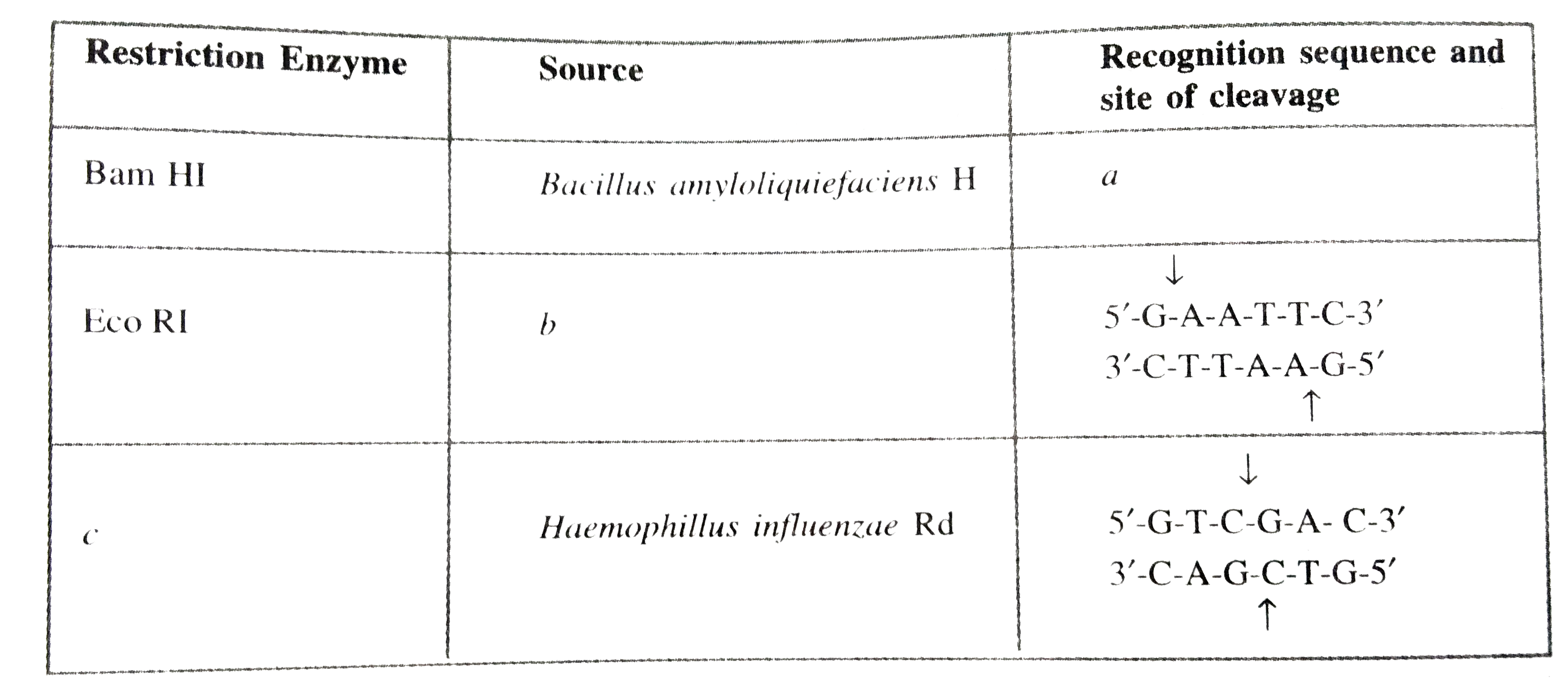In chulhas, gaps are left between the logs
to decrease the ignition temperature of the fuel
to allow the air to enter and facilitate fuel burning
to cut off the supply of air
all of these
The correct Answer is:B
Step-by-Step Solution:
1. Understanding the Question:
The question asks why gaps are left between the logs in chulhas (traditional stoves).
2. Analyzing the Options:
- Option 1: Decrease the ignition temperature of fuel.
- Option 2: Allow the air to enter and facilitate fuel burning.
- Option 3: Cut off the supply of air.
- Option 4: All of these.
3. Identifying the Purpose of Gaps:
The primary purpose of leaving gaps between the logs is to allow air to enter. Air (specifically oxygen) is essential for combustion, which is the process of burning fuel.
4. Evaluating Each Option:
- Option 1 is incorrect because the gaps do not decrease the ignition temperature; they help with combustion.
- Option 2 is correct as the gaps allow air to enter, which facilitates burning.
- Option 3 is incorrect because cutting off the air supply would hinder combustion.
- Option 4 is incorrect since not all options are correct.
5. Conclusion:
The correct answer is Option 2: to allow the air to enter and facilitate fuel burning.
Final Answer:
The gaps left between the logs in chulhas are primarily to allow air to enter and facilitate fuel burning (Option 2).
---
The question asks why gaps are left between the logs in chulhas (traditional stoves).
- Option 1: Decrease the ignition temperature of fuel.
- Option 2: Allow the air to enter and facilitate fuel burning.
- Option 3: Cut off the supply of air.
- Option 4: All of these.
The primary purpose of leaving gaps between the logs is to allow air to enter. Air (specifically oxygen) is essential for combustion, which is the process of burning fuel.
- Option 1 is incorrect because the gaps do not decrease the ignition temperature; they help with combustion.
- Option 2 is correct as the gaps allow air to enter, which facilitates burning.
- Option 3 is incorrect because cutting off the air supply would hinder combustion.
- Option 4 is incorrect since not all options are correct.
The correct answer is Option 2: to allow the air to enter and facilitate fuel burning.
The gaps left between the logs in chulhas are primarily to allow air to enter and facilitate fuel burning (Option 2).
Topper's Solved these Questions
Similar Questions
Knowledge Check
- Question 1 - Select One
When wood is used as fuel in chullahs, gaps are left in between the logs of wood. This is done to
Amovement of airBless consumption of woodCto control temperatureDnone of the above. - Question 2 - Select One
When wood is used as fuel in chullahs, gaps are left in between the logs of wood. This is done to
Aensure less consumption of foodBcontrol tenperatureCensure movement of airDnone of the above - Question 3 - Select One
The length of each steel rail is 10m in winter. The coefficient of linear expansion of steel in 0.000012/∘C in summer. The gap to be left between the rails
A0.0018mB0.00120mC0.0022mD0.05m
Correct the given statements.
In railway tracks no gaps are left to take care of expansion of solids in summer.View SolutionFew gaps have been left in the following table. Fill up the gaps.
 View Solution
View SolutionSynapse gap is present between which of the following ?
View SolutionWhy a small gap is left between the iron rails of railway tracks ?
View SolutionThere are two statements labelled as Assertion (A) and Reason (R).
(A) A little gap is left between iron rails.
(R) Iron expands in summer.View Solution

